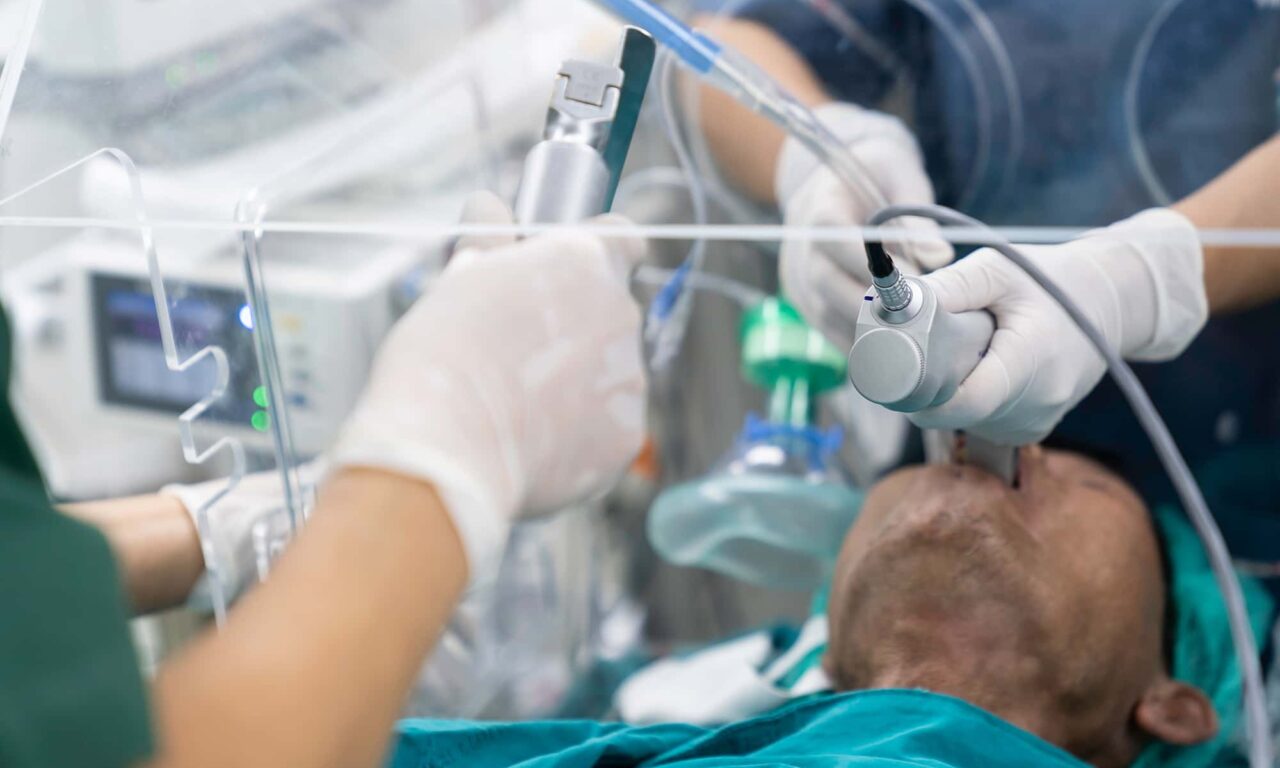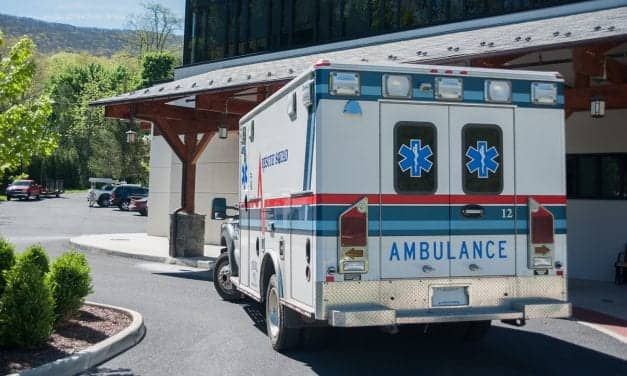Greater Success of First-pass Intubation with Video Laryngoscopy
A report published in the New England Journal of Medicine says video laryngoscopy is superior to direct laryngoscopy in successful first-pass intubation attempts across staff experience levels in the ICU and emergency department.


























